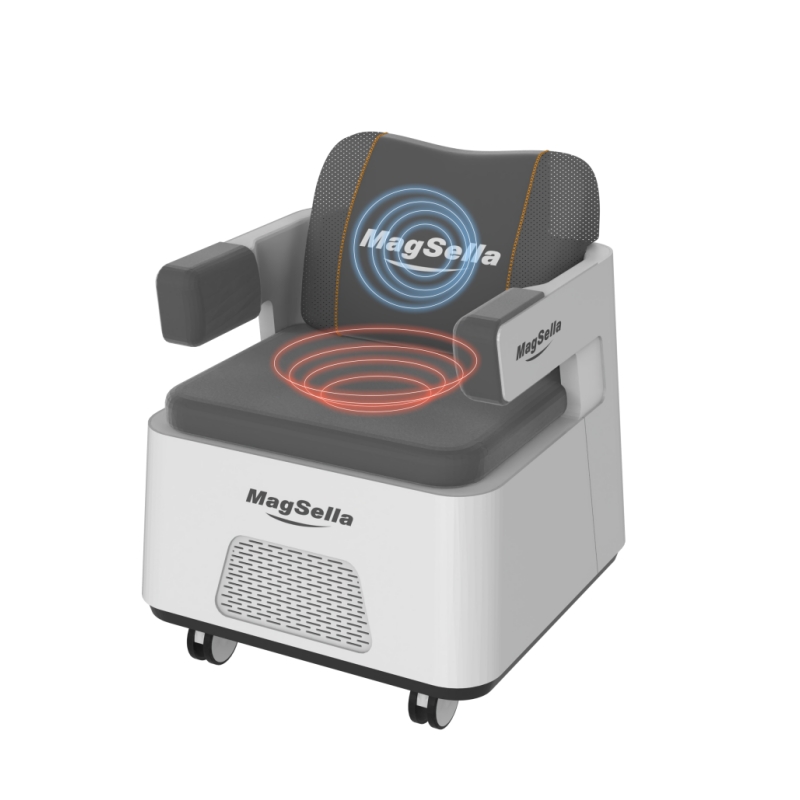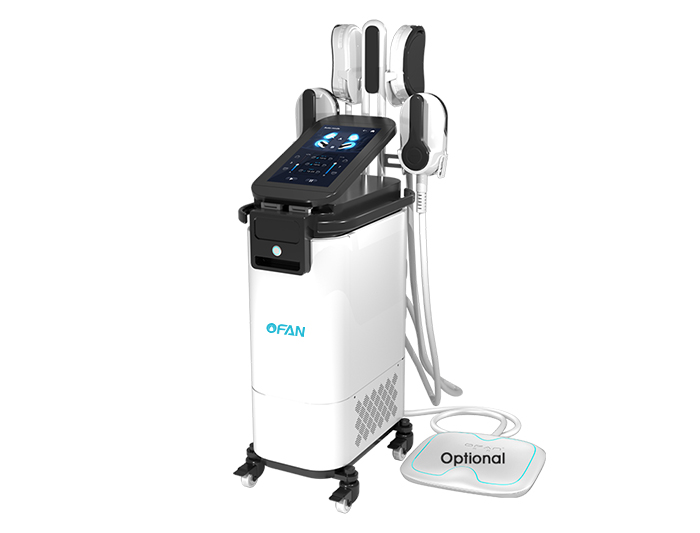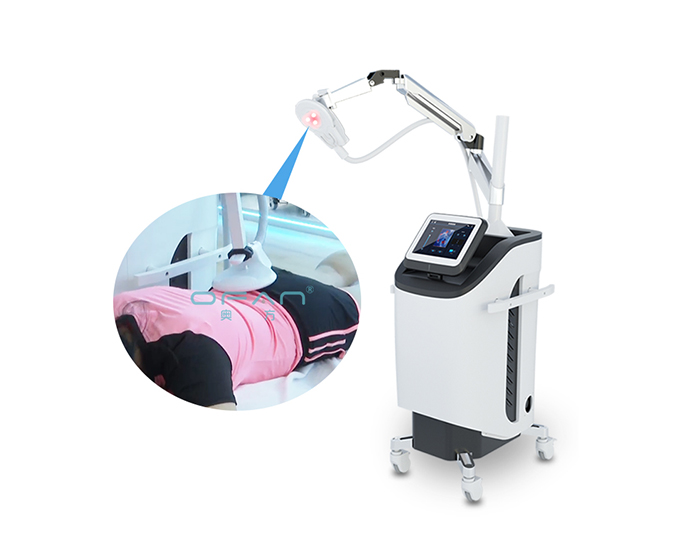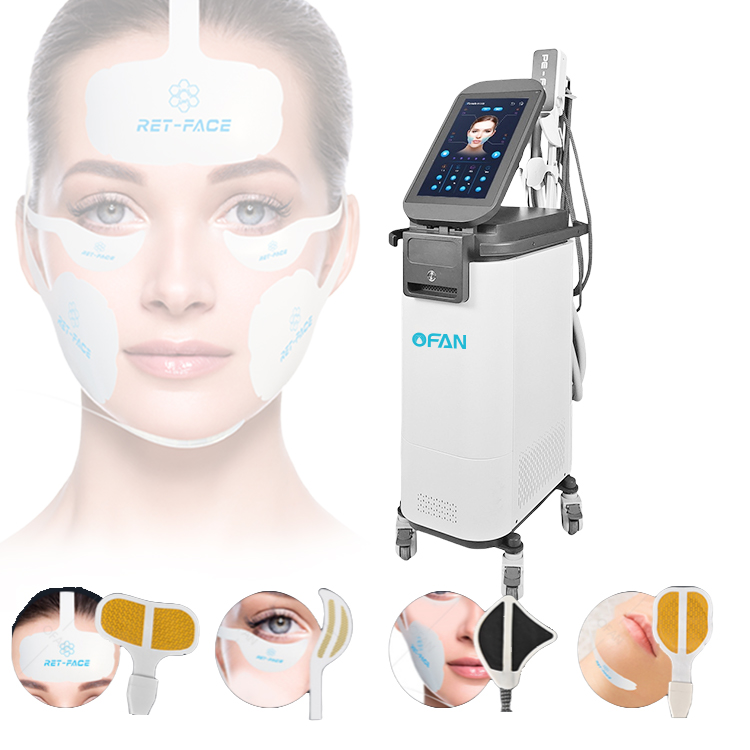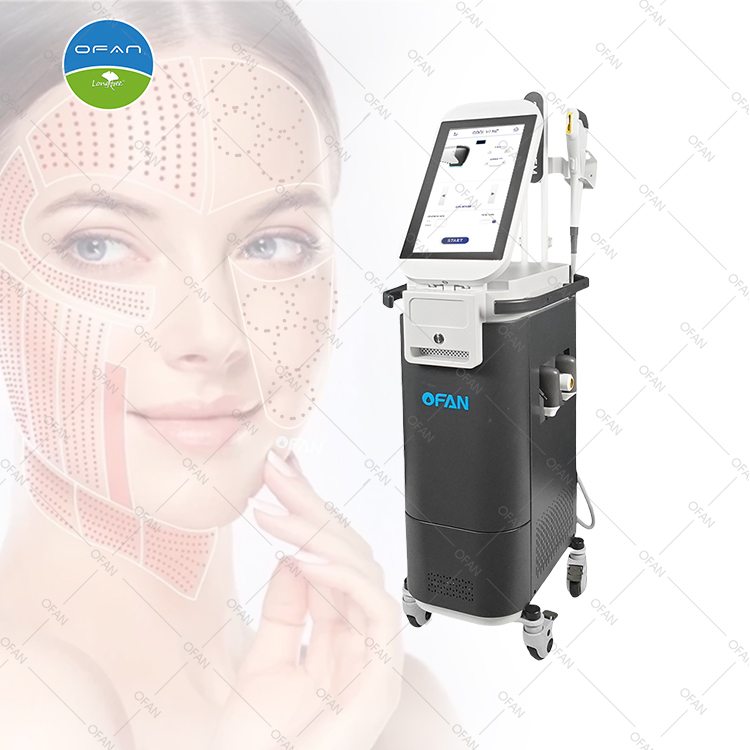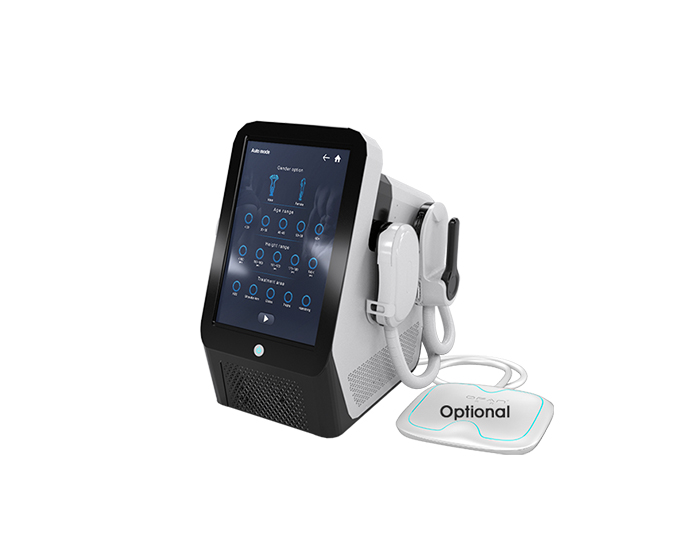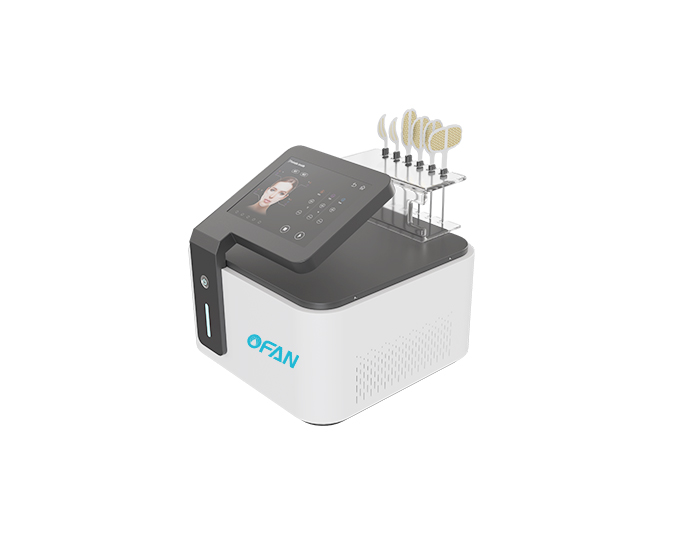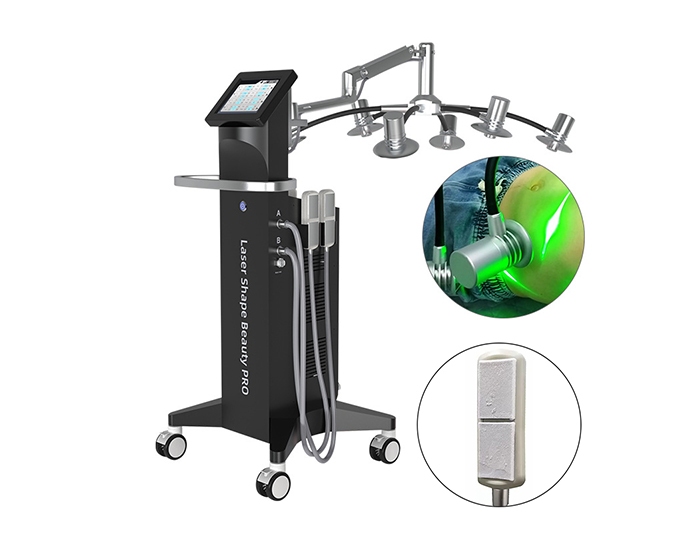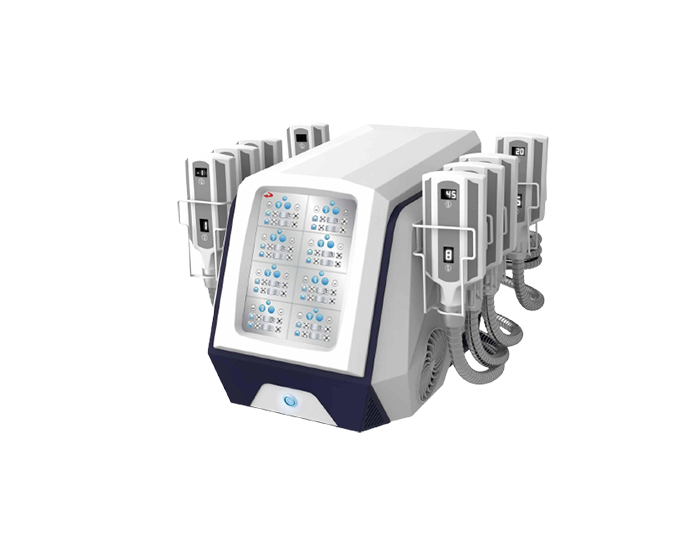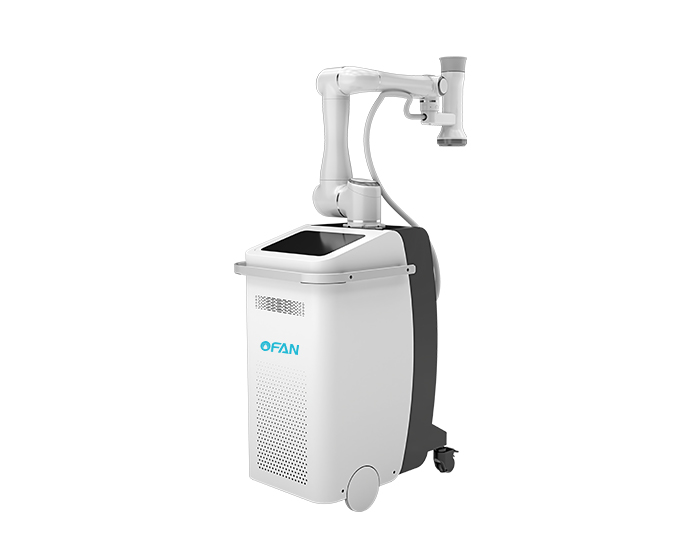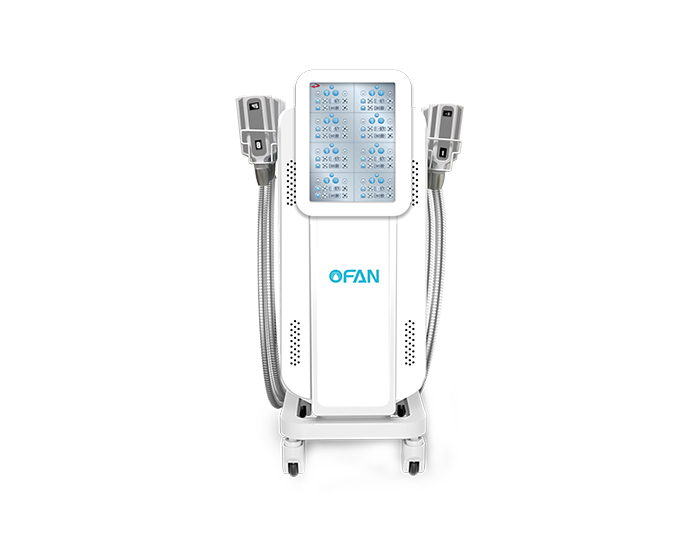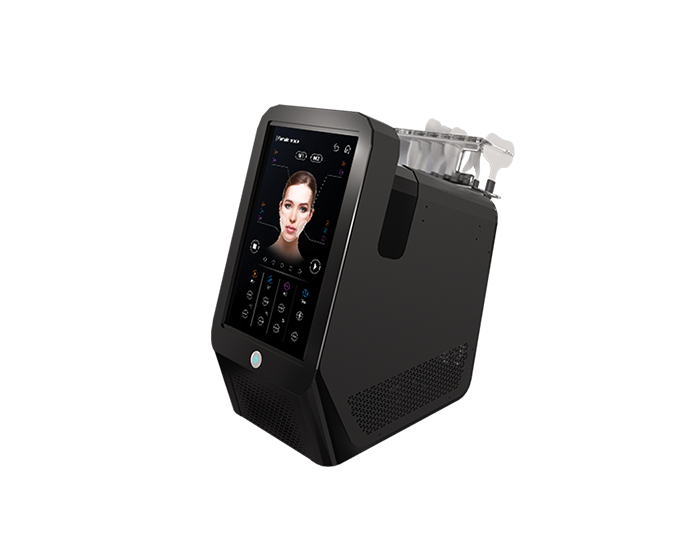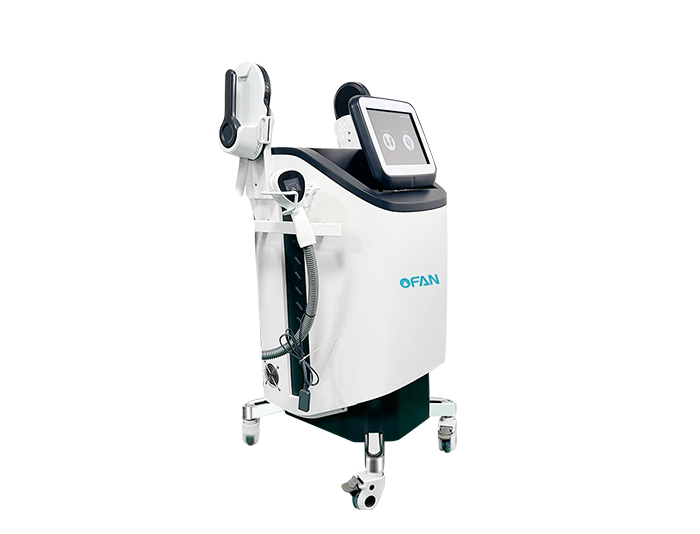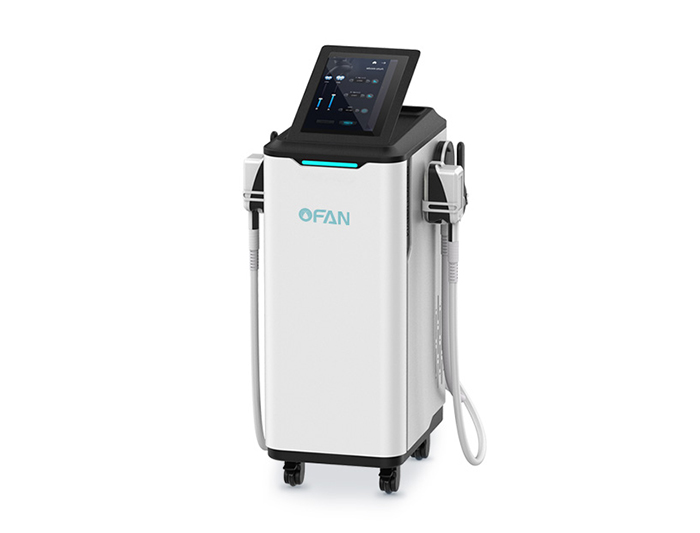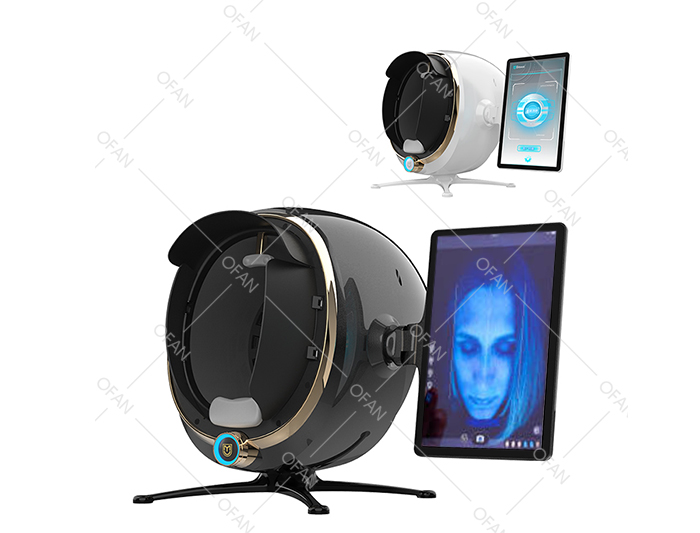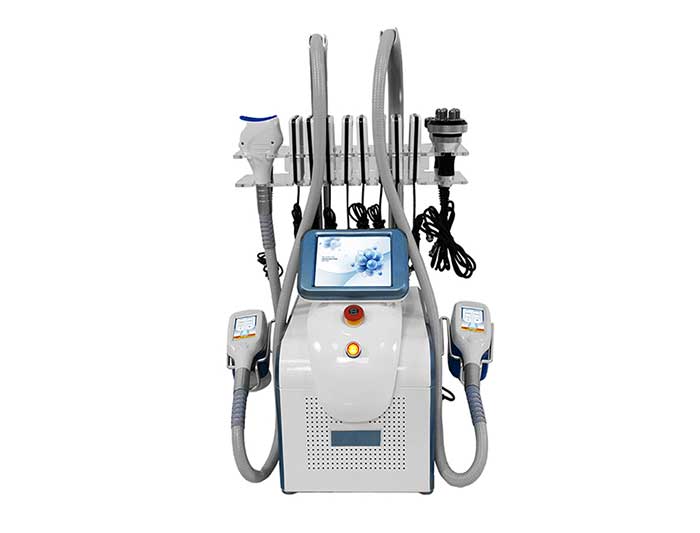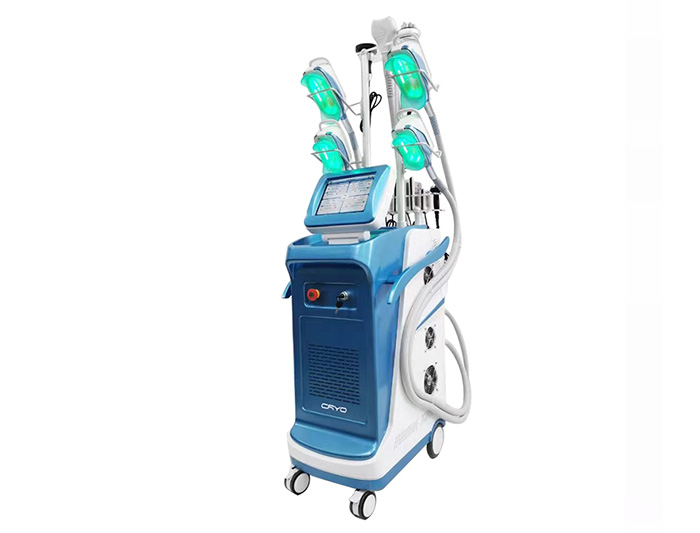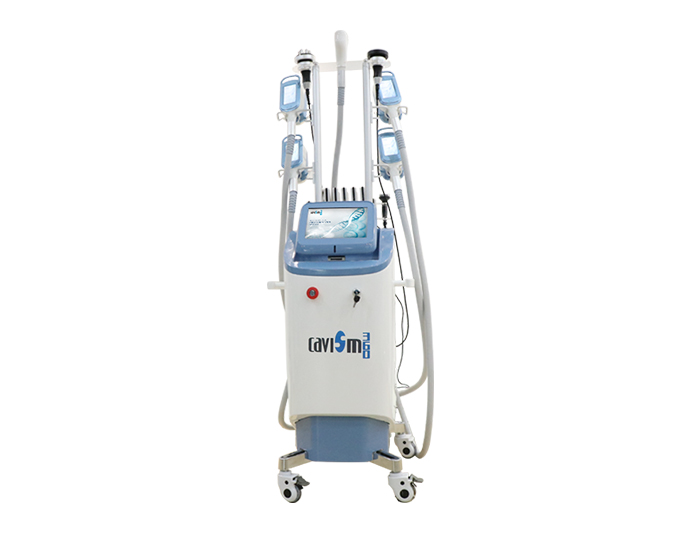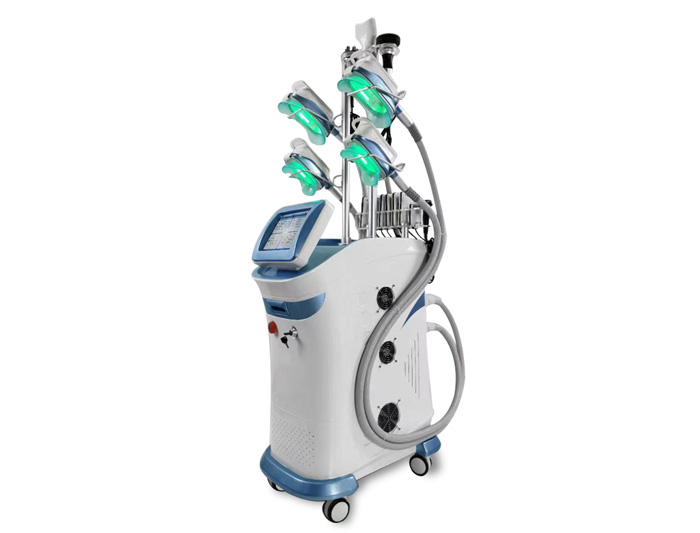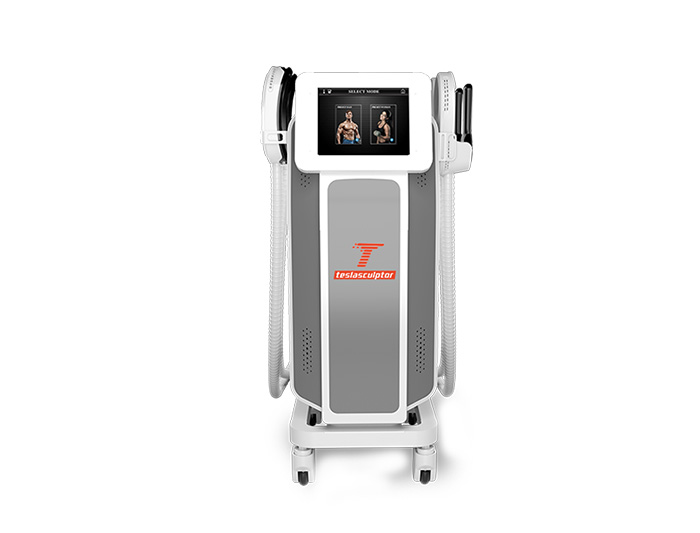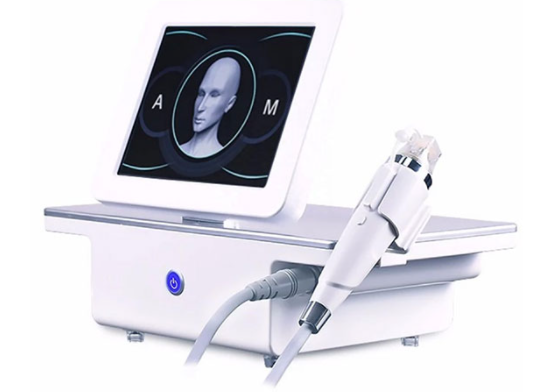
Compared with treatments like chemical peels and dermabrasion, radiofrequency microneedling is minimally invasive. Read on to learn about the procedure, side effects, and benefits.
What is radiofrequency microneedling?
Radiofrequency microneedling is a cosmetic procedure. It uses tiny needles and radiofrequency waves to rejuvenate facial skin.
The treatment is a form of controlled skin injury. The damage stimulates the growth of healthy new skin, which can benefit common skin issues like acne scars and wrinkles.
Microneedling uses a fine needle to create microwounds, or channels, in the skin. This triggers the production of capillaries, elastin, and collagen. It’s also called skin needling or collagen induction therapy.
If the procedure also uses radiofrequency waves, it’s called radiofrequency microneedling. The needle releases radiofrequency into the channels, causing additional damage. This enhances the effects of standard microneedling.
Does radiofrequency microneedling work?
According to research, radiofrequency microneedling is effective for many skin conditions.
Acne scars
In a 2014 studyTrusted Source of 31 people, radiofrequency microneedling moderately improved acne scars in 58 percent of the participants. A small 2017 study found similar results.
Skin rejuvenation
Microneedling with radiofrequency waves can also improve the look of your skin. In a 2013 study, for example, the procedure reduced wrinkles around the eyes. The effects lasted longer than Botox injections.
A 2020 case report also shares that the treatment can reduce loose facial skin.
Additionally, in a 2018 studyTrusted Source, radiofrequency microneedling improved skin texture and pore size.
Hyperhidrosis
According to a 2019 study, the procedure can permanently treat hyperhidrosis, or excessive sweating. A 2013 study found that the treatment helps by reducing the number and size of sweat glands.
When to expect results
You’ll see results after 3 to 6 months. The exact time frame depends on the type and severity of your condition.
In most cases, you’ll need at least four sessions. This also depends on what you’re treating. For example, if you have moderate acne scars, you’ll need about three or four treatments. Bigger scars might need five treatments.
These sessions will be done every 3 to 8 weeks. This lets your skin heal between treatments.
After the initial set of treatments, the results will last about 1 year. It’s recommended to have a touch-up session once a year to maintain your desired results.
Radiofrequency microneedling is considered safe, but it isn’t appropriate for everyone.
You may be an ideal candidate if you:
are in good health
have early signs of aging
have realistic expectations
Alternatively, you should avoid the treatment if you:
currently or recently used Accutane
have an active cold sore breakout
have a skin infection
have a moderate to severe skin disease (like psoriasis)
are receiving chemotherapy or radiation therapy
are pregnant
are taking anticoagulants
have a history of keloids, hypertrophic scarring, or poor wound healing
How is the procedure performed?
Prior to the procedure you will be given a numbing cream, which you apply 45 minutes before your scheduled appointment time. We highly recommend getting a microdermabrasion treatment 1–3 days prior to your RF Microneedling procedure to increase the effectiveness of the numbing cream. The treatment itself consists of placing a handpiece against the surface of the skin and activating radiofrequency energy. The handpiece consists of a multiple needle head that is accurately applied within a specified depth.
As each fine needle punctures the skin, it creates a channel that triggers the body to produce new collagen, elastin and hyaluronic acid in the papillary dermis. In addition, new capillaries are formed. This in effect, creates a solid foundation of new dermal volume.
During the treatment, a specialized growth factor is applied to enhance the effects. Or you may choose to add the option of having your own Platelet-Rich Plasma (PRP) applied to further enhance results.
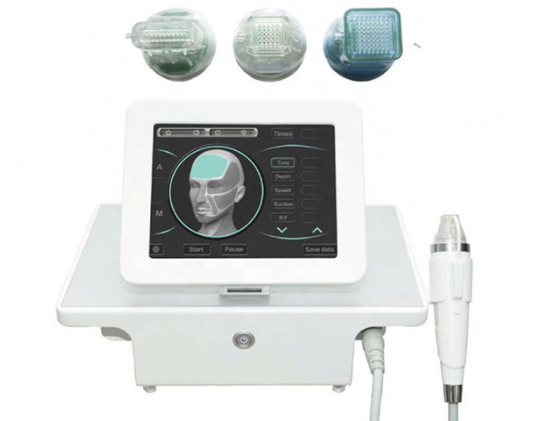
What does it feel like?
With proper numbing procedure followed, there’s minimal to no discomfort during the treatment.
How long does it take?
The scheduled appointment time is 1 hour, but the procedure time depends on the size of the treatment area.
The appointment may take longer if you choose add the option of having your own Platelet-Rich Plasma (PRP) applied during the procedure.
What should I do after treatment?
Immediately following the treatment, the treatment area feels warm like a mild sunburn with associated redness. This can be relieved with the aid of a cooling mask or ice packs and typically resolves within 1-2 days. Utilizing recommended post care products can speed up the healing process.
What’s the best way to take care of your skin post-radiofrequency microneedling?
After your procedure, your doctor will explain how to care for your skin. This will include the following aftercare tips:
Apply ice packs to reduce swelling and discomfort.
Wear SPF for several weeks after your treatment. Your skin will be extra sensitive to the sun during this time.
Use antibiotic creams or emollients if your doctor prescribed them.
Use a gentle cleanser after your treatment.
Avoid wearing makeup until the next day. After 24 hours, you can return to your normal makeup and skin care routine.
Are there any potential side effects of radiofrequency microneedling?
Typically, radiofrequency microneedling is well tolerated. But like all cosmetic treatments, it may cause some side effects.
Possible side effects include:
Some complications need medical attention. If you experience any of the following, contact your doctor:
How do you find a qualified provider for radiofrequency microneedling?
If you’d like to try radiofrequency microneedling, be sure to work with a qualified healthcare provider, such as a reputable cosmetic surgeon. This will ensure your procedure is done safely and properly.
An experienced provider can also provide realistic expectations for your situation.
To find a qualified provider in your area, search the database at the American Board of Cosmetic Surgery.
Takeaway
Radiofrequency microneedling is used to rejuvenate the skin. It can target acne scars and early signs of aging, like fine lines and sagging. It’s also effective for hyperhidrosis.
Generally, the procedure only takes 10 to 20 minutes. There’s no downtime, but you’ll need to wear SPF as your skin heals.
You’ll likely need at least four treatments to get the results you want. To maintain the full effect, it’s recommended to repeat the session once a year.
We are an RF microneedling machine supplier, please feel free to contact us if you need them!




